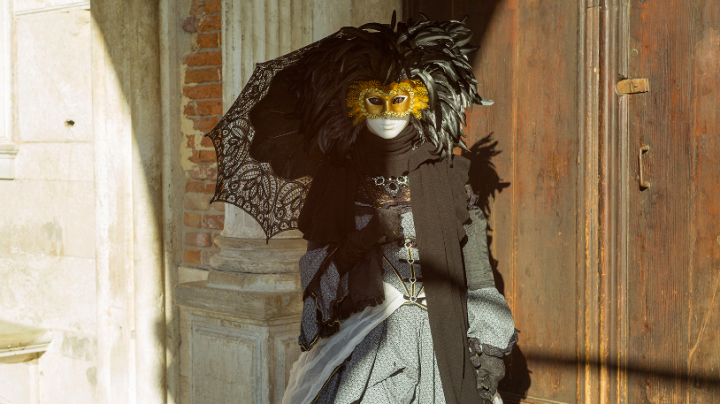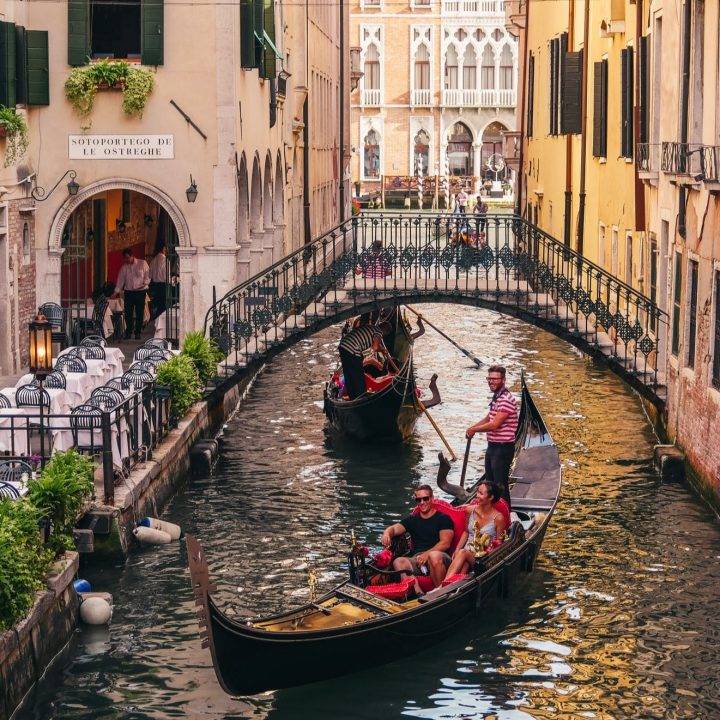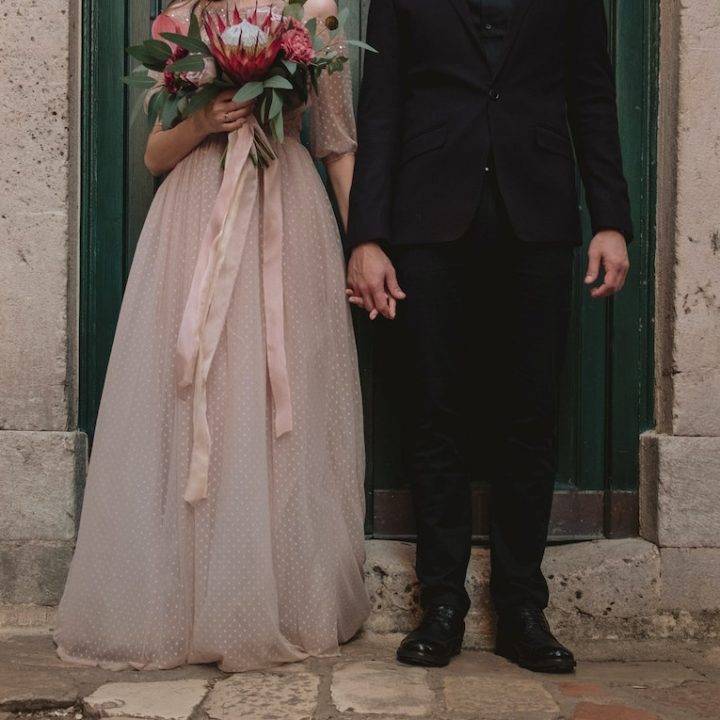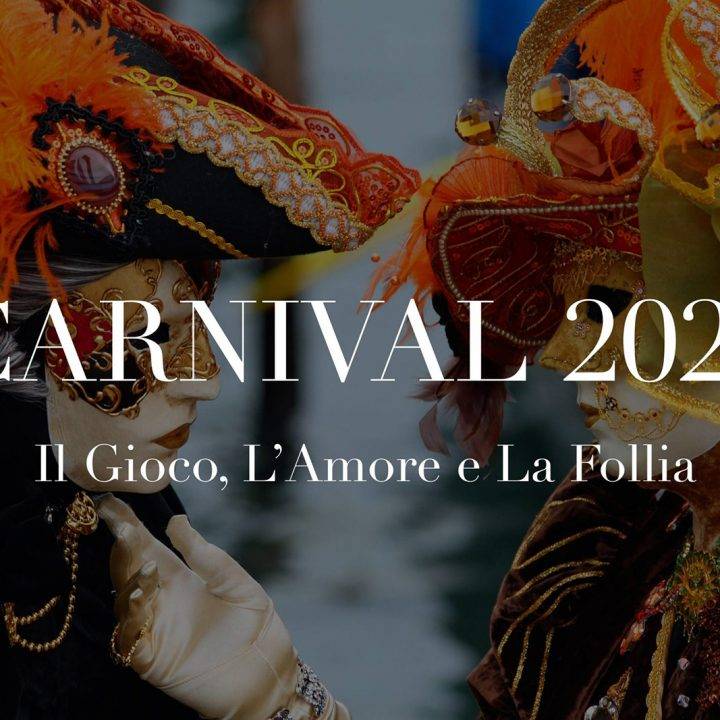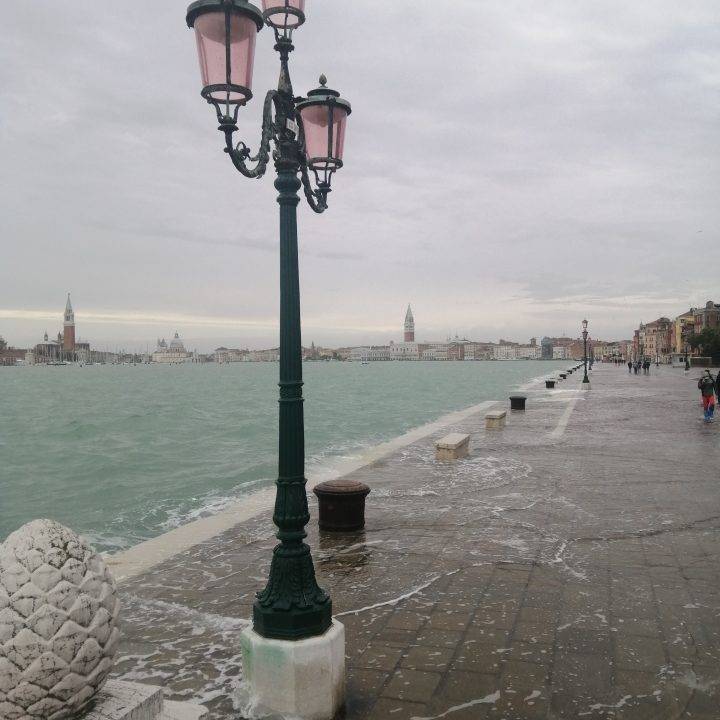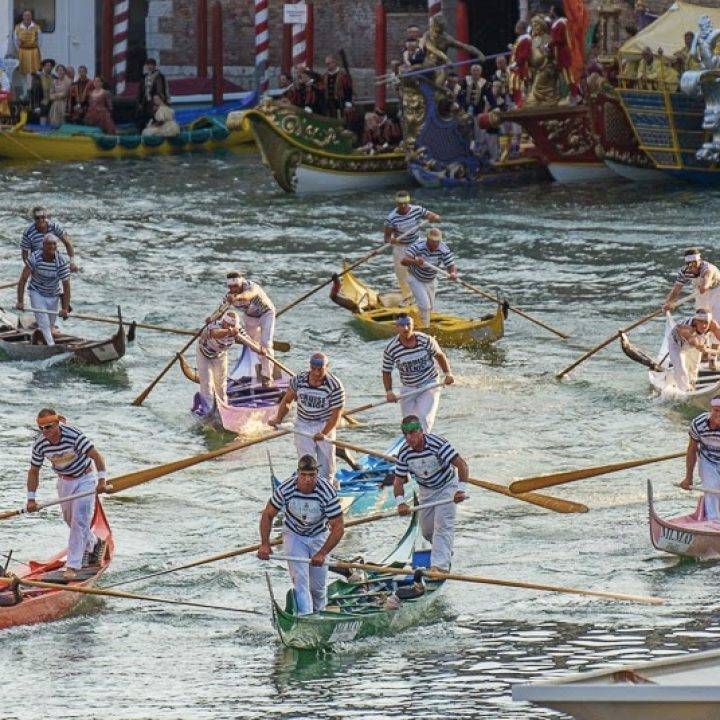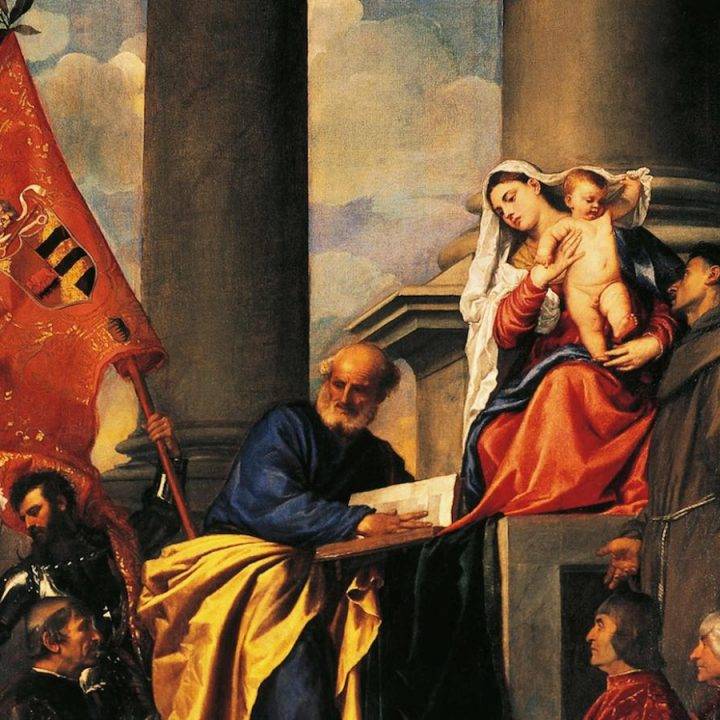When did Carnival start?
1094, it was referred to for the first time in text, but others say it officially started in 1162 as a way of celebrating a victory over the Patriarch of Aquileia.
Carnival festival history:
Satisfyingly, the history of Carnival is as shrouded in mystery as everything else from this period. The first references to the festivities taking place before Easter can be traced as far back as 1094. But even at this point, there seems to be evidence of some festivities before this. Others say the festival really took its recognizable form after a victory over the Patriarch of Aquileia in 1162.
However, it has not always been as popular or as world-widely renowned as it is today. It has certainly gone through many transformations over the years. The festival was even banned under the King of Austria’s reign in 1792, along with the use of masks. This, as you can imagine, only added to the appeal. In this sad period, the Carnival continued only in the island of Burano and Murano. Finally, the joyous events reemerged for everyone after an effort from the Italian Government during the 1970’s.
The importance of the mask:
At the heart of the festivities, there has always been the idea that people from all walks of life join in the streets. Traditionally, this was a time when class divisions evaporated due to the ingenious gesture of wearing a Mask . This accessory proved to be a beautifully simple solution to many feuds and passionate love affairs.
“Great thing did the man who first invented the mask … because this makes people of every role and age in convenient equality and avoids any reverence between sexes.”
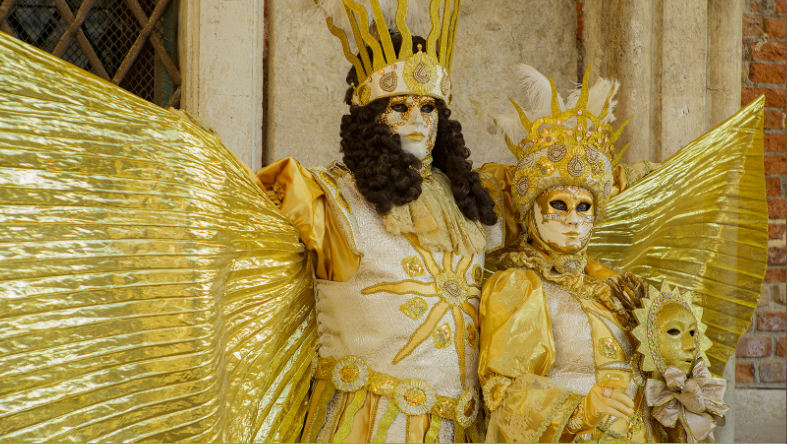
Visiting Venice during Carnival …
The period in which Carnivale is celebrated has reduced over the centuries, and is now more concentrated within a handful of days. It’s difficult to say how long carnival used to last in the olden days, as recounts of that time vary greatly. Regardless, but there is always more than meets the eye during this time – whether it’s found in the intricacies of a costume or the room of a secret party.
If it’s your first time visiting Venice during Carnival, we encourage you to walk the streets with childish abandonment. Enjoy taking your time to observe the city’s nuances and letting yourself be swept along in the excited current of people. A plan could be made, but tradition dictates that unless you are ruthless, it will go array and the best things are often spontaneous anyway.
On the other hand, if you are well acquainted with the city, then you will recognize the change in its spirit – as if it, too, has adopted a mask. In the air is a frivolous nature, changeable and full of dangerous courage and opportunities.
We’ve already established that the Carnival festival in Venice is not just one day. With this in mind, you’ll come to realize it’s more of an atmosphere that envelopes everyone’s actions and excuses.
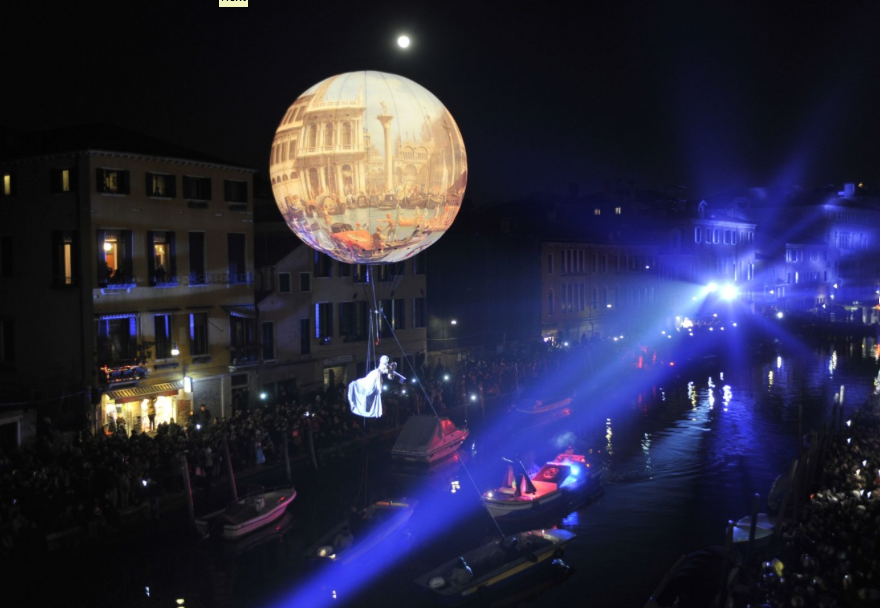
A few fixed dates
February 11: This is more or less considered the opening of the festival. There will be a procession of floats that travels down the Fondamenta at the edge of the Jewish Ghetto, showing incredible artisanal skills and expressions of Venetian History. You’ll also find a crowded scene with excited energy, which will give you a good idea of the days to come.
After this day, seeing people roaming the streets in masks becomes commonplace and almost any form of costume can be expected. There is a wonderful sense of liberation and anticipation, and somehow it brings to the surface some of the simplest pleasures. The Venetians have always managed to maintain a level of elegance around the whole affair, however long may it last.
Sunday February 19: Flight of the Angel in San Marco 12.00
February 28: Mardi Grasso, which literally translates to “Fat Tuesday.” It signals the last day of celebrating before trying weeks of Lent and involves many closing festival events.
What food is eaten during Carnival?
Fritelle & Galani (see below)
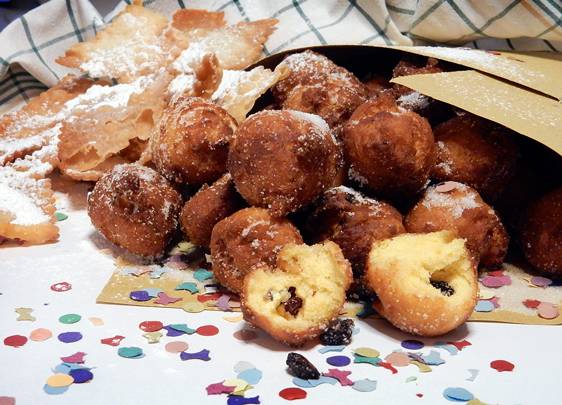
And of course, as with all things Italian, there are certain specialties of food that are enjoyed during this time. In particular, you will see a lot of ‘ frittelle ‘ (deep-fried sweet dough), and ‘ Galani’ . As one might expect, everything is served in nervous abundance in anticipation of hunger during Lent.
Why a mask and what you can expect today ?
Possibly most intriguing of all: a mask, designed to give the user a fixed expression and anonymity, actually allows us to express without inhibitions. It allows us to reveal parts of ourselves that we are afraid will not be received well.
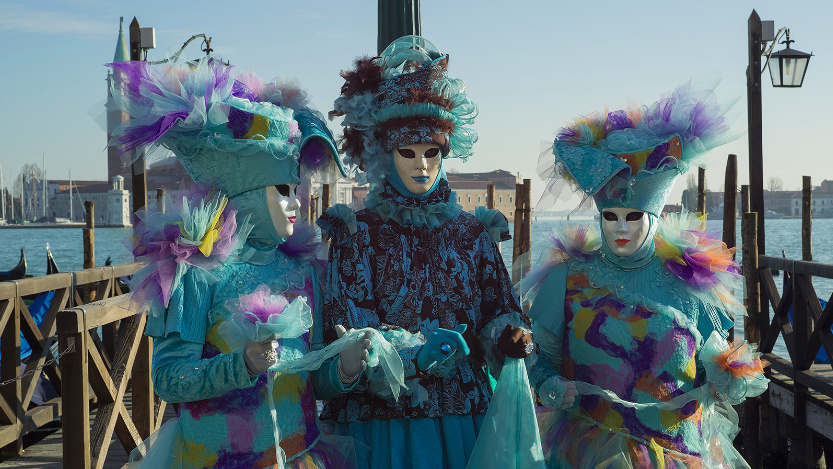
While the intentions behind masks might not have changed over the centuries, the costumes and ways of celebrating certainly have. Although you may have plans to attend a traditional Venetian Ball, you are equally as likely to stumble across an alligator with a spritz in his hand.
What is the purpose of the Carnival of Venice?
Despite debates over its origin, nowadays and even then carnival has always been about celebration, poignantly set just before the penitential preparation for Easter. Encouraging extravagance and dislodging societal barriers.
All in all, it is a wonderful meeting of many extremes and contradictions. Quite rightly too, as it is the celebration before the fast. However, it is only really in Venice that it could exist like this. Rich in tradition, but constantly moving forward, laden with lace and closed doors, but built upon the idea of freedom and celebrated on the streets.
It is a tangible sensation when you are here, but almost impossible to express in words. If you were to try, you would undoubtedly find yourself using two contradictory words to describe the same event!
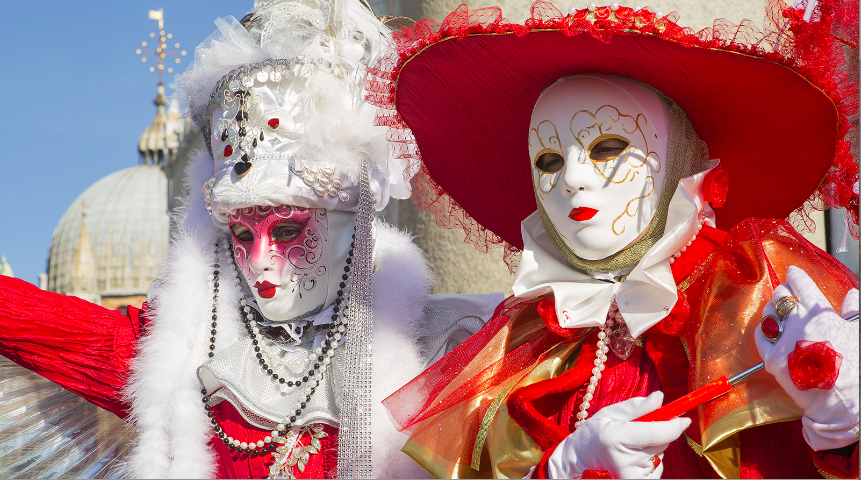
For more information on the full calendar of events, (although we would suggest making your own as well):

